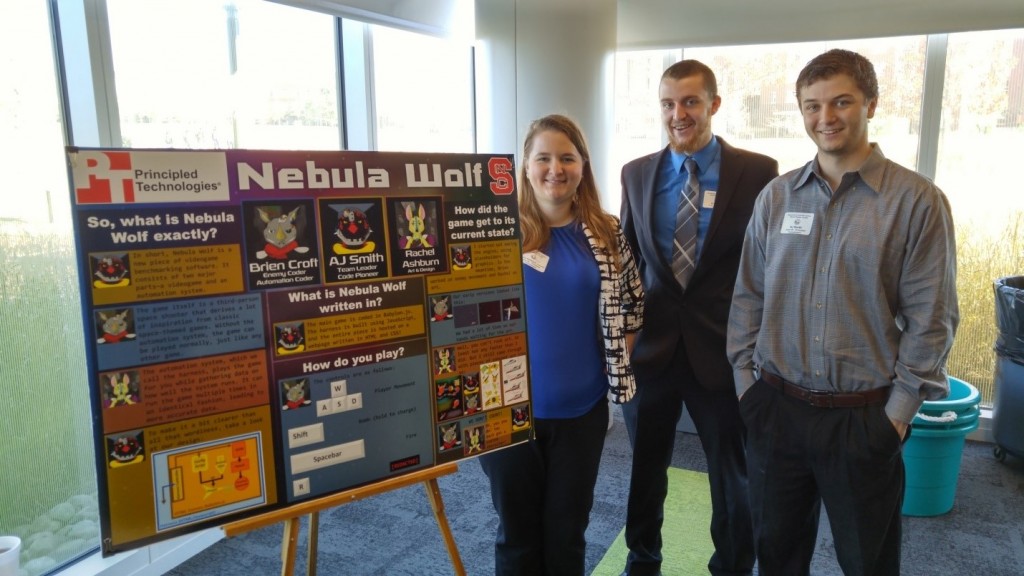A couple of weeks ago, I described a conversation I had with Brett Howse of AnandTech. Brett was kind enough to send a clarification of some of his remarks, which he gave us permission to share with you.
“We are at a point in time where the technology that’s been called mobile since its inception is now at a point where it makes sense to compare it to the PC. However we struggle with the comparisons because the tools used to do the testing do not always perform the same workloads. This can be a major issue when a company uses a mobile workload, and a desktop workload, but then puts the resulting scores side by side, which can lead to misinformed conclusions. This is not only a CPU issue either, since on the graphics side we have OpenGL well established, along with DirectX, in the PC space, but our mobile workloads tend to rely on OpenGL ES, with less precision asked of the GPU, and GPUs designed around this. Getting two devices to run the same work is a major challenge, but one that has people asking what the results would be.”
I really appreciate Brett taking the time to respond. What are your thoughts in these issues? Please let us know!
Eric













